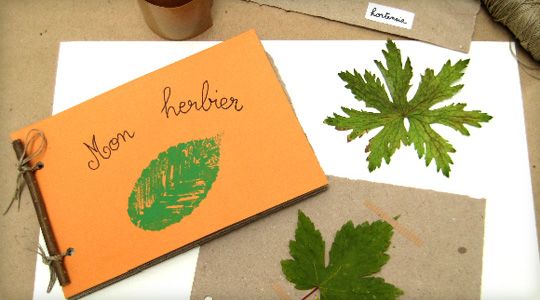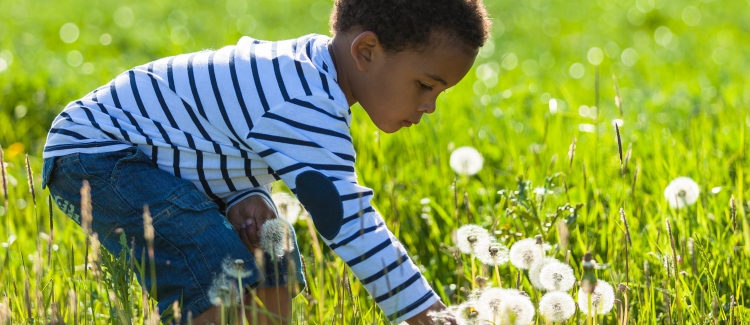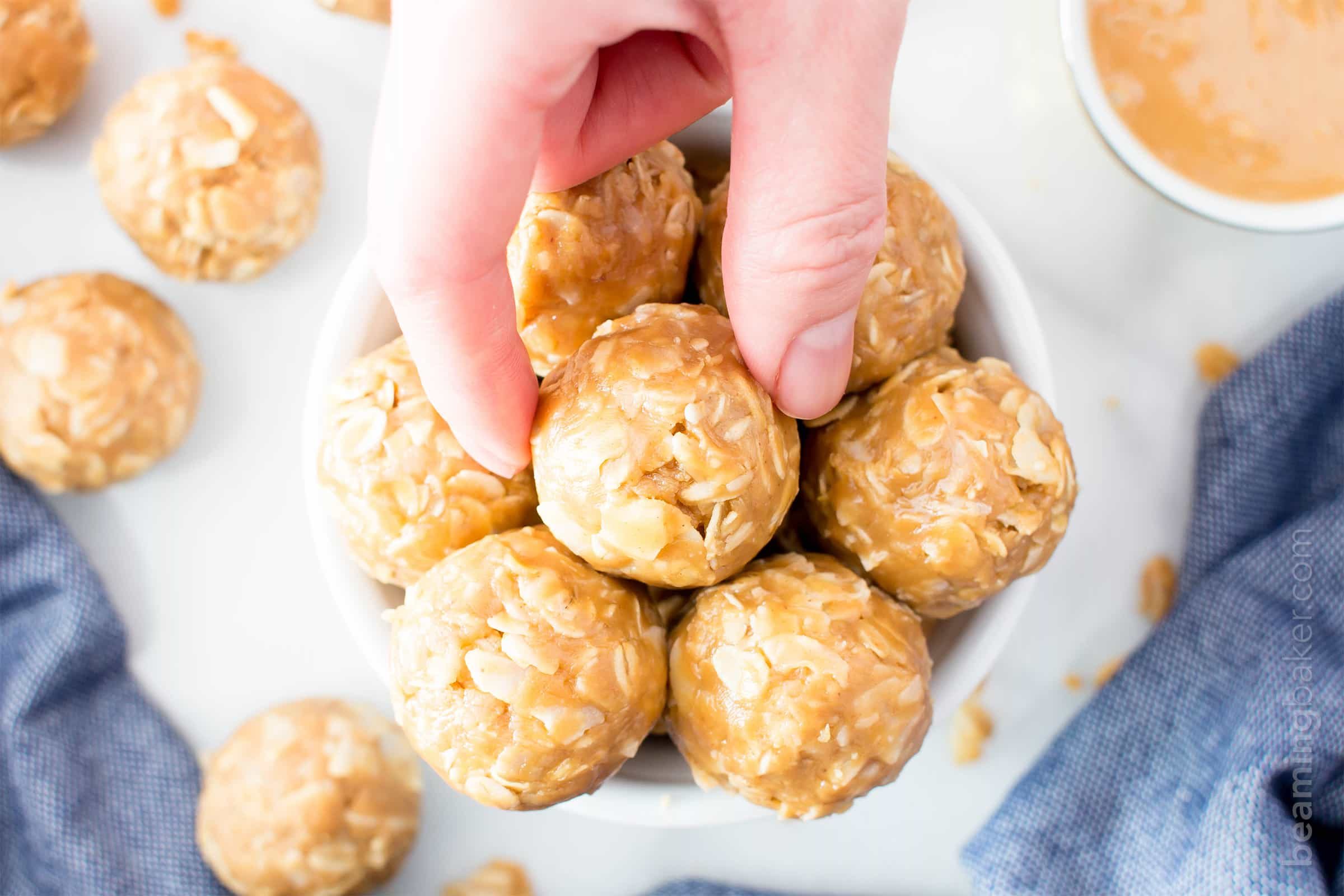Discovering the world around us, getting to know the flora of Northern Ontario, spending family time in the wild…just a few good reasons to create a homemade herbarium!
Originally, the herbarium was meant for scientific study but it can also be a fun hobby. This collection of plants and dried flowers collected from the wild is a good way for children 6 years and up to learn plant names and properties. For the little ones, we will opt for a simplified version of the herbarium with an approach that is a tad more artistic than scientific .

Step 1 : Respect for nature
The collection of specimens must be done in accordance with private property and the laws that govern parks, nature reserves and conservation areas.
Collectors should be aware that certain plant species are protected by Ontario’s threatened or vulnerable species law to guarantee the preservation of genetic diversity. The list of species is available here.
Also, when picking, limit the number of samples to what is strictly necessary. Do not take the whole plant, but only the part you will use. Harvest only plants that you know well and are 100% sure of, and always be aware of allergies.
Step 2 : Herb gathering
Choose your area accordingly. It can simply be your garden or for an adventure, you can go to the forest or a natural park.
Here’s what you’ll need for picking:
- Pruning shears or knife, for removal (These instruments must be handled by adults);
- A magnifying glass to observe the plants;
- Pouches or plastic bags, for transportation;
- A book on plants or an application, for example plantnet (free), who recognizes plants via photos.
During your hike, take a good look at the plants around you, use your magnifying glass to see the details. Identify your favorite specimens using your book or the application provided for this purpose.
Do not pluck the plants and their roots. Just cut a leaf or a flower.
Then put the specimens in a pouch or plastic bag to preserve them well until home. It is recommended to take non-humid leaves in dry weather to avoid the formation of mold during drying.

Step 3 : The herbarium
Here is what you will need to create your mini encyclopedia :
- Newspaper, for drying;
- Wooden boards or thick books ;
- Pencil and labels, for identification;
- a notebook, satchel or frame, for the final support.
Once back at home, place the plants between sheets of newspaper, then under your press made of wooden boards or thick books.
When your plant specimens are dry, you can make your collage in your notebook, your schoolbag or even on a sheet of paper that you can then put in a frame. Use colorless liquid glue or thin pieces of sticky paper.
Indicate the different plant names. Older children can also research and add Latin names and properties of the specimens to prepare a more complete and scientific herbarium.
Diary
In today’s diary, the kids can document the days activity. They can draw dessinant family members hiking or pasting one of the plant specimens they found. The possibilities are limitless!
If your child is up to the task on their own, here are some questions you can ask them to stimulate their imagination:
- What did you prefer about this activity?
- What is your favorite plant specimen and why?
- Where would you like to go on your next hike?
Did you know…
- … Wild plants offer flowers of different colors and shapes. Some can be eaten, or offer edible fruits, like strawberries or blueberries, which are often sought after for their sweet fruits. Others are revered for their roots.
- … Ontario’s iconic flower is the white trillium. The name Trillium means three and, indeed, everything comes in three: 3 petals, 3 bracts and 3 leaves. The flowers are pure white at first and turn pink as they age. Since their growth in wilderness is difficult, it is better to leave the wild trills alone. You can consult this link to learn about the emblematic flowers of each Canadian province.
- … The cattail plays an essential ecological role by filtering organic debris on shorelines. Certain daring cooks even chose to include cattail in their menues!
If plants interest you, here is a little guide to sow seeds and observe their growth as a family.







